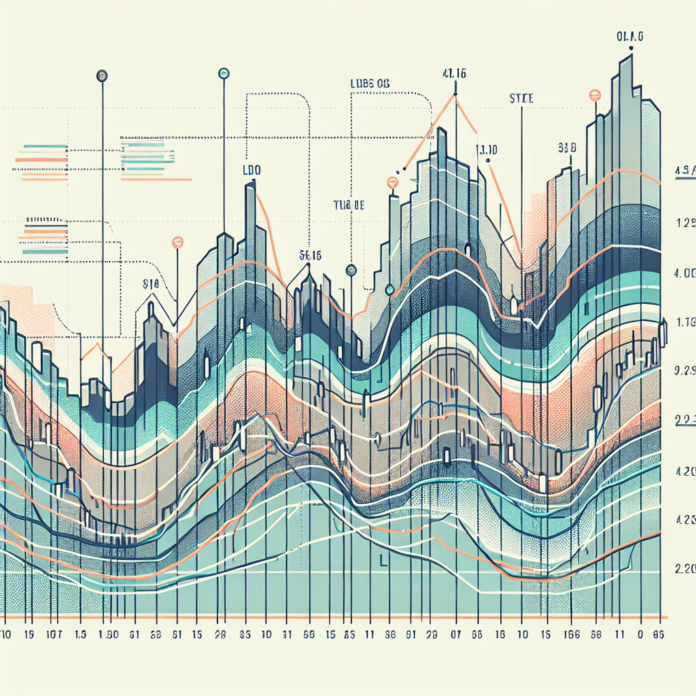Investors and financial enthusiasts around the globe closely monitor major equity indexes as they reflect the health of economies and investment climates. These indexes, composed of selected stocks, serve as benchmarks for market performance and investor sentiment. Understanding the performance patterns of these indexes is crucial for strategic investment decisions. Here, we dissect the trends and indicators that shape the performance of the world’s premier equity indexes.
The S&P 500: A Snapshot of U.S. Corporates
The S&P 500 is widely regarded as one of the best single gauges for the U.S. equities market. Comprised of 500 leading U.S. companies, it captures around 80% coverage of available market capitalization. S&P Dow Jones Indices provides analytic insights that allow investors to track changes, identify market trends, and understand economic factors that drive index performance, such as interest rates, inflation, and corporate earnings.
The Dow Jones Industrial Average (DJIA): An Industrial Pulse
Despite being comprised of only 30 companies, the DJIA is one of the oldest and most frequently cited indexes in the world, representing industries ranging from financial services to technology. Interested parties can visit Dow Jones Indexes to explore the criteria for component selection and the index’s price-weighted methodology, which uniquely impacts its performance.
The NASDAQ Composite: Technology and Innovation
The NASDAQ Composite is heavy with technology and biotech firm representation. Because of its tech-centric composition, the index is receptive to technological triumphs and disruptions. The Nasdaq’s official website offers in-depth resources that help investors understand the factors affecting the index, including tech industry performance, IPO activity, and economic indicators like GDP growth and unemployment rates.
The FTSE 100: Britain’s Benchmark
Representing the 100 largest companies listed on the London Stock Exchange, the FTSE 100 is a barometer for the overall economic health of the UK. The index’s performance can be swayed by international affairs, currency fluctuations, and political events such as Brexit. Comprehensive analysis and reports are available through FTSE Russell, a leading global index provider.
The Nikkei 225: Japan’s Economic Indicator
The Nikkei 225, the Tokyo Stock Exchange’s most prominent index, represents Japan’s top 225 blue-chip companies. The index is heavily influenced by the country’s economic policies, currency exchange rates, and global market trends, especially those impacting the technology and automobile sectors. Historical data and index composition can be explored via Nikkei Inc., which manages the index.
Understanding how each of these indexes functions and reacts to different economic, political, and sector-specific factors is critical for an investor’s toolkit. By keeping abreast of the nuanced behavior of these equity indexes, investors can calibrate their portfolios to hedge against risks or double down on winning strategies based on prevailing market sentiments. The patterns of major equity indexes offer a narrated tale of past performance and a canvas to forecast future trends, but they also remind us that thorough research and active engagement are paramount to successful investment in a dynamic global market.




 AGF-B.CO
AGF-B.CO